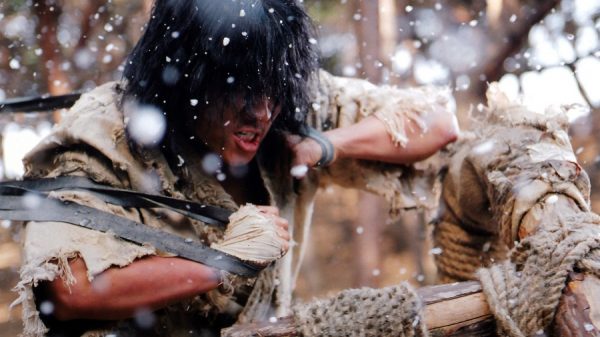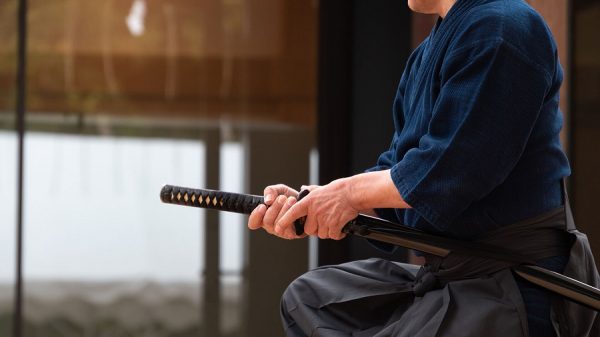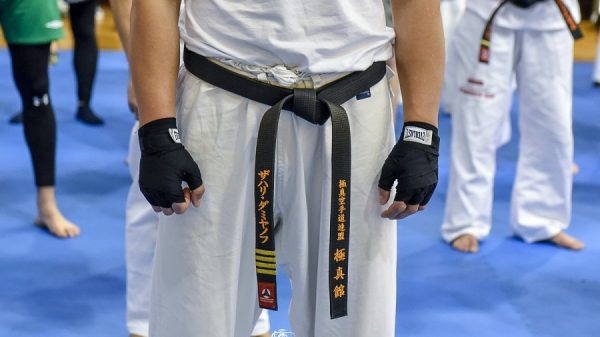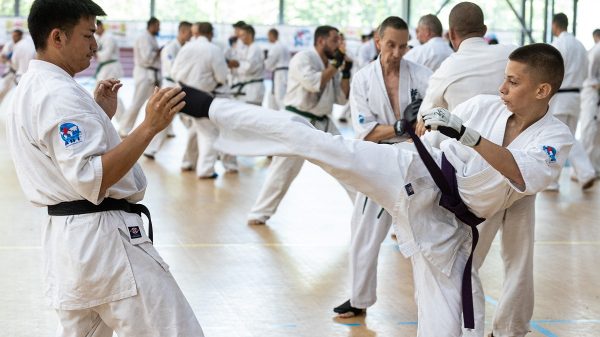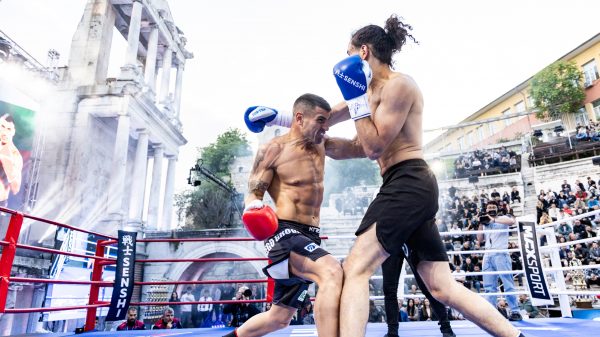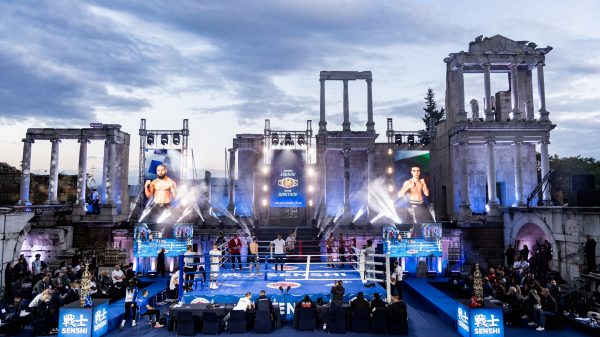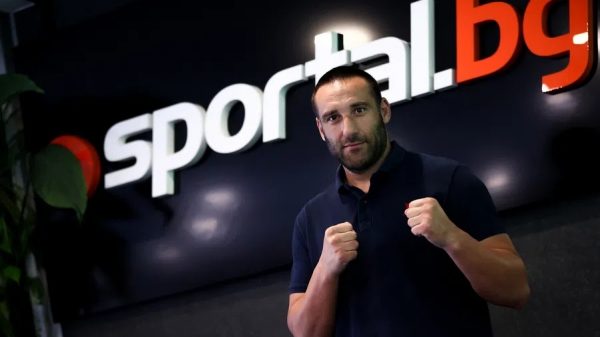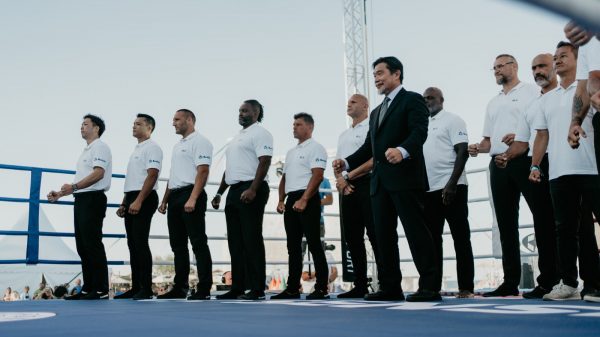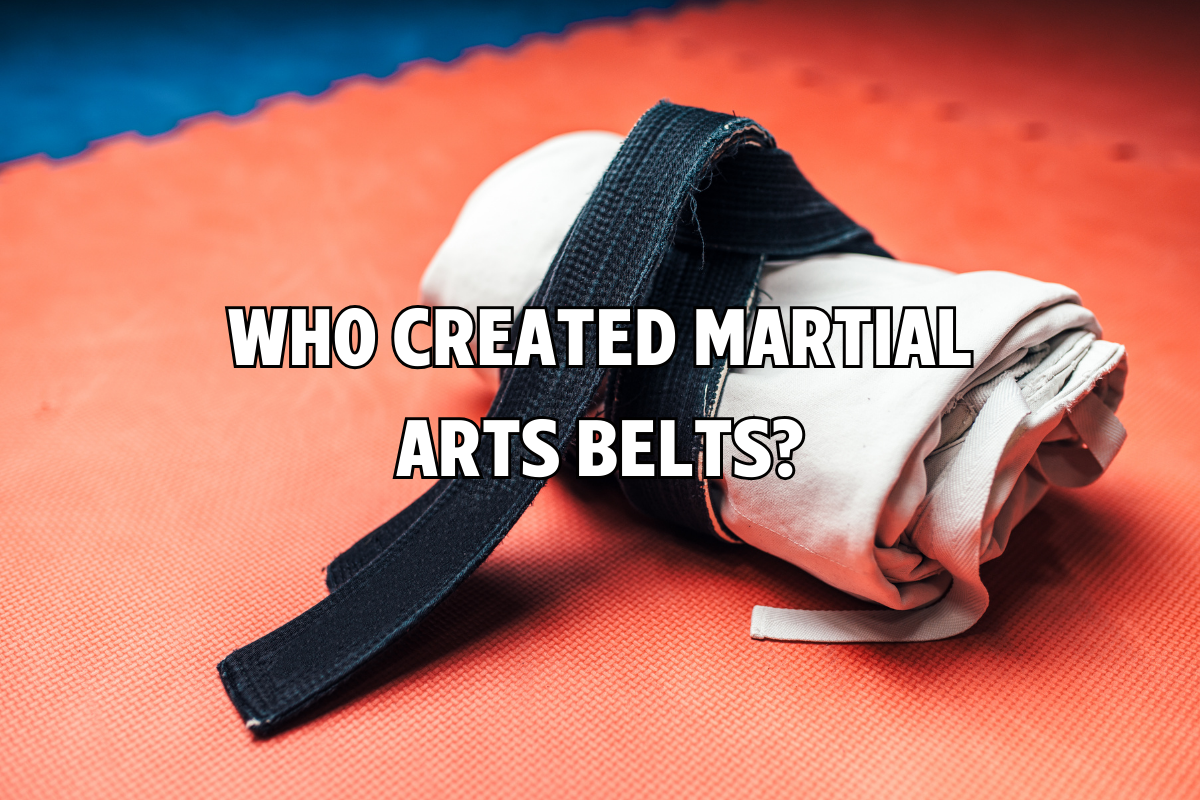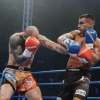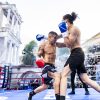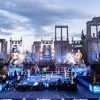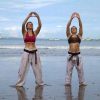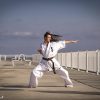Martial arts belts, specifically the colored belt ranking system, were not created by a single individual but developed over time as martial arts systems evolved and adapted. Using colored belts to signify rank and skill level is a relatively modern innovation in martial arts, and its history varies depending on the martial art in question.
One of the most well-known early adopters of colored belts was Jigoro Kano, the founder of Judo. He introduced the colored belt ranking system in the late 19th century to visually represent a practitioner’s skill and progress. Kano’s system included white, yellow, green, brown, and black belts, with various degrees of black belt ranks representing higher proficiency.
The concept of colored belts gradually spread to other martial arts, including Kyokushin Karate, different Karate styles, Taekwondo, and Brazilian Jiu-Jitsu. However, the specific belt colors and their meanings can vary between martial arts styles and even other schools or organizations within the same style.
In many cases, using colored belts is a motivational tool to track a student’s progress and development. As students advance in skill and knowledge, they are awarded higher-ranking belts. Each color often represents a specific stage of learning and proficiency.
It’s important to note that not all martial arts systems use colored belts, and the ranking systems can differ significantly between styles. Some traditional martial arts, like Kung Fu and Aikido, use a system of plain white belts that gradually darken with time and use, with black belts being the highest rank. Additionally, some martial arts, such as Krav Maga, may not have a belt ranking system, focusing instead on practical self-defense techniques.
In summary, the creation and development of martial arts belts, particularly the colored belt ranking system, is a collective effort that evolved and was adapted by various martial arts practitioners and instructors to help students track their progress and motivate them to continue their training.


